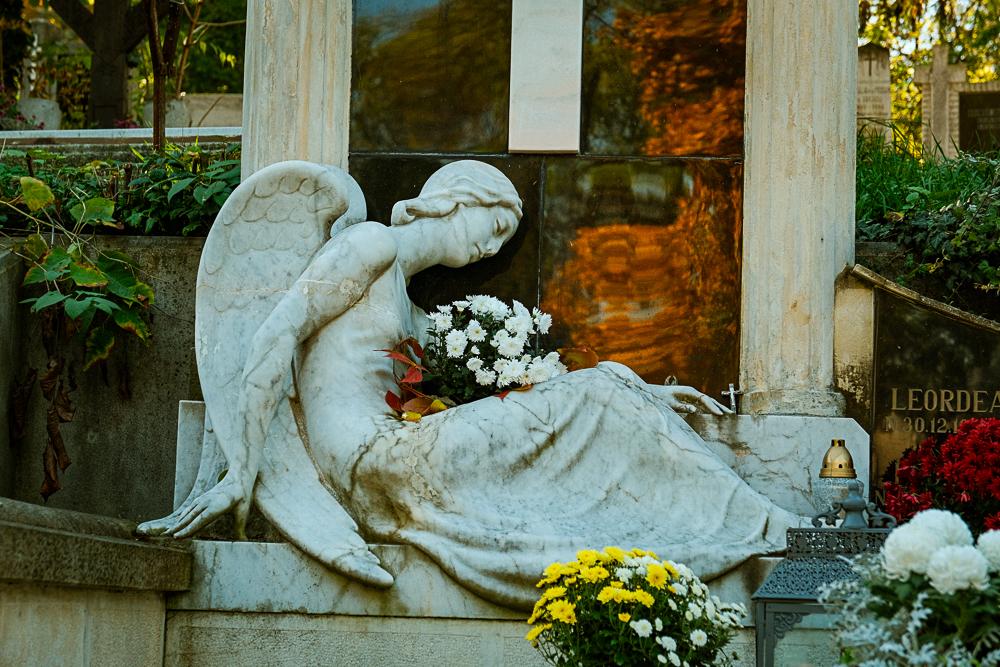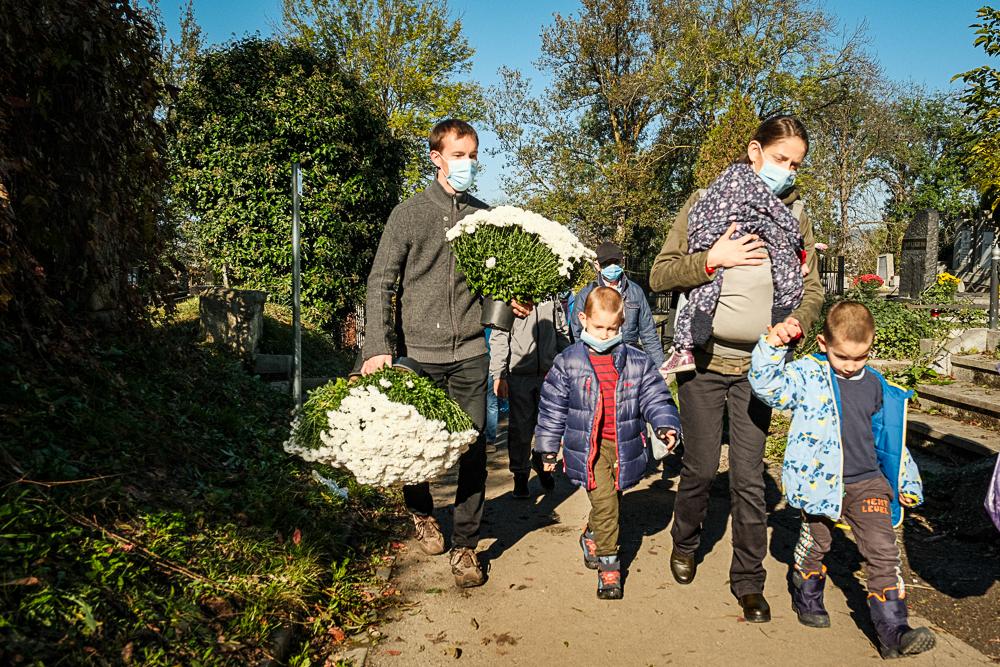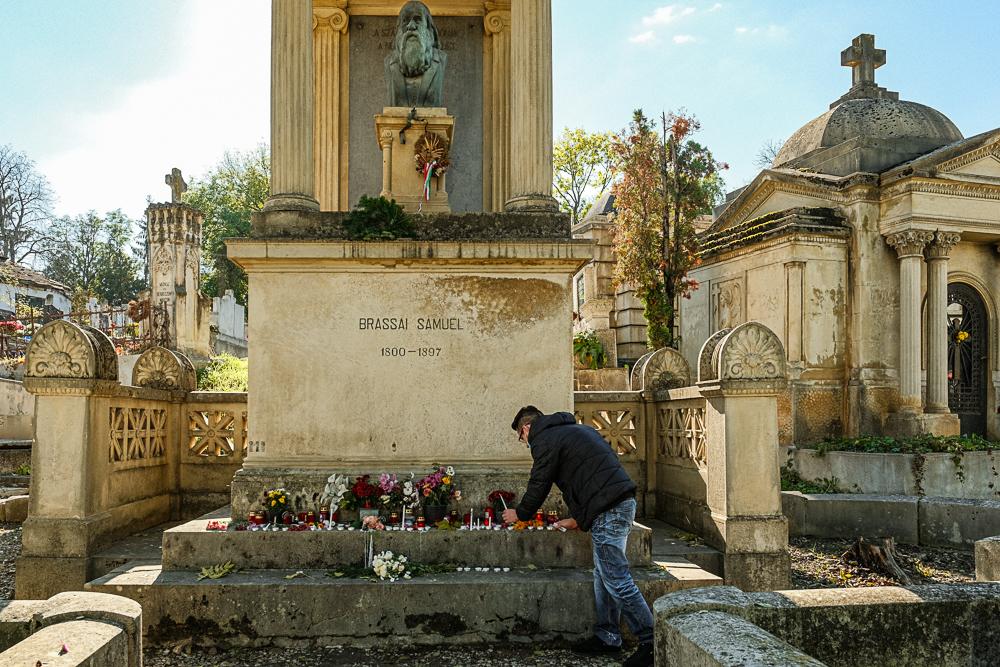In spite of the fact that those who wished to remember their deceased family members could only pay a visit to the Házsongárd cemetery while respecting the special safety measures, the most famous cemetery on the cultural map of Transylvania was filled with flowers and candles on the eve of All Souls’ Day.

Only the masks indicated that there is an ongoing pandemic and we are living through hard times, as the cemetery “came to life” just as it has in previous years on the eve of All Souls’ Day. In front of the entrance, dozens of florists were blocking the road, with policemen taking care of the safety of the pedestrians; an excited army of children among the adults awaited the moment when the candles were lit; in the hands of the visitors were pine branches, wreaths, bouquets of chrysanthemums and lampions of various colors.

Among the visitors to the cemetery, there are always some who never forget those thanks to whom the cemetery is regarded as a Transylvanian pantheon.

Házsongárd cemetery/Central Cemetery is one of the oldest cemeteries in Kolozsvár/Cluj-Napoca, founded in the 16th century. The cemetery covers an area of ca. 14 hectares and is one of the most picturesque sights of Transylvania, a pantheon of notable Transylvanian nobles, politicians and personalities in the cultural field, both Hungarian and Romanian.
Photo credits: Márkos Tamás